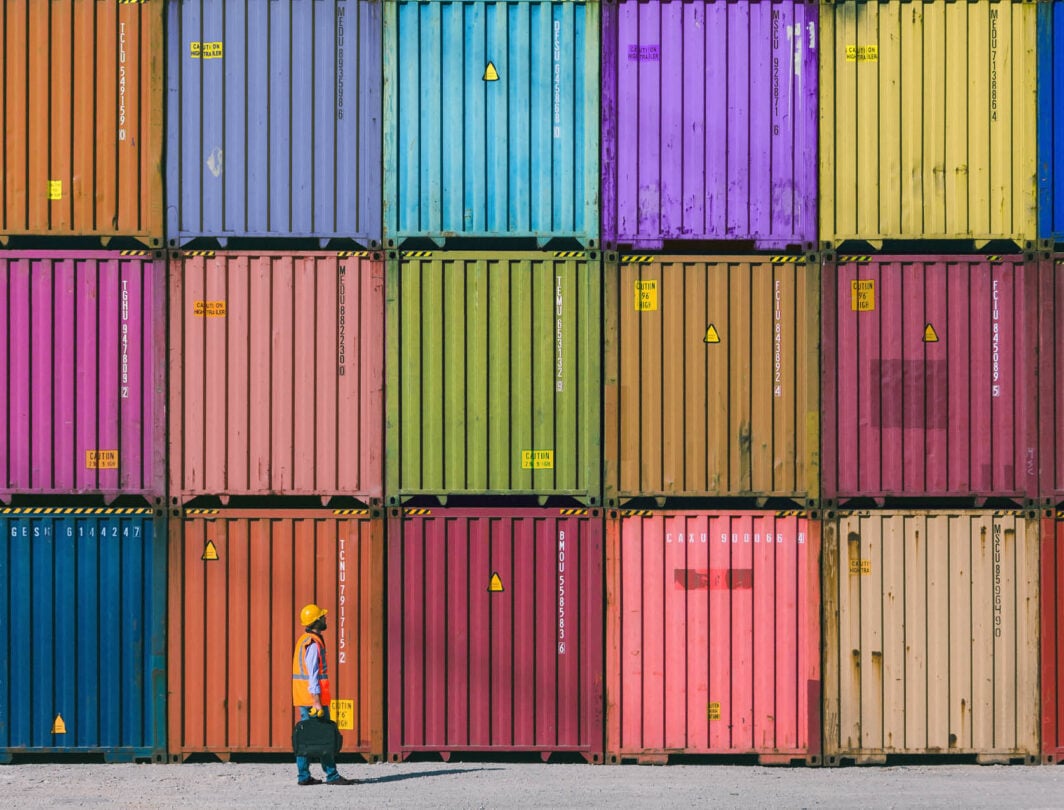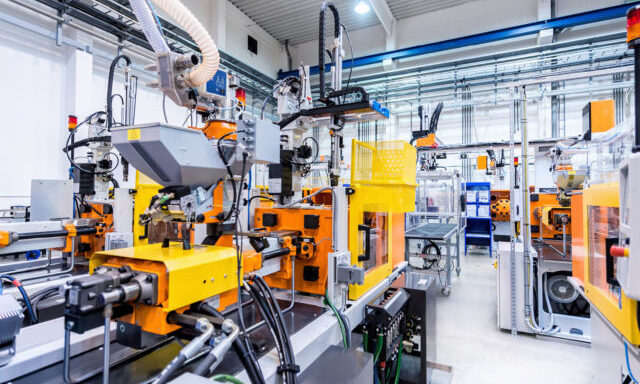Global innovation leaders
Why the circular economy benefits businesses and the wider world

How can you get your business to reduce waste and help the environment, yet at the same time reduce costs and increase customer satisfaction? It sounds like a dream, but it’s undoubtedly possible through joining the circular economy in both discrete and process manufacturing.
The circular economy is a system that looks to eliminate waste and the continual use of resources. As opposed to a traditional linear economy in which we make, consume, and throw away, moving circular is all about creating a circle where we design out waste and pollution by keeping products and materials in use for as long as possible and finding ways to create new resources from what we discard.
The world is changing. People are more conscious of their impact on the environment. Businesses are finding it more challenging to get access to raw materials. With the circular economy, we’re extracting the maximum value from products while in use, then recover and regenerate products and materials at the end of each service life.
The circular economy puts a big focus on services, maintenance, and refurbishment of assets. However, as resources become more and more scarce, manufacturers and distributors in the circular economy are introducing additional value-added services.
The circular economy is now within reach because of technology and Industry 4.0. For a long time, we’ve been taking resources, making products, and disposing of them as waste. Now through the fourth industrial revolution, we can look to eliminate waste through technologies such as:
The Internet of Things (IoT) – through the IoT, you can now connect products you develop to the cloud, analysing performance, and collecting usage data. You can monitor and analyse products as a distance – creating happy customers by building products that are long-lasting and durable, which can reduce waste. Also, circular strategies such as recycling can be made more efficient through the use of data.
Robotics – it’s human error that tends to create product errors in the manufacturing process. By using robots in a growing number of applications, you can increase yield, reduce waste, and extend the life of a product.
3D printing – with 3D printing, you can quickly produce spare parts on-demand, which can extend the life of products or equipment.
Free ebook: Streamline your business operational process
Discover how 3 technology trends can help you overcome today’s top 4 industry challenges.

Joining the circular economy
Being part of the circular economy is a good thing from a moral standpoint, but more to the point, you may be getting pressure from customers and regulatory bodies to do more sustainable business that is better for the environment. Customers are increasingly appreciating and looking for links with companies that show that they care, and the long-lasting relationships you can build like this are like gold-dust.
And according to the Ellen MacArthur Foundation, the manufacturing industry could save up to ten to fifteen percent on direct materials required for production. Look internally at what your business could save through reducing waste, and embark on a strategy that corresponds with your business demands and legislation you have to follow:
Here are some initiatives you can think about:
• Extending the life of your products through initiatives such as refurbishment and remanufacturing, or by changing your business model by offering product-as-a service.
• Re-using your assets as part of an asset-sharing platform.
• Recycling – separating product components and ensuring anything suitable is reused in new products instead of using raw materials.
What does this mean for your product development?
One area you’ll want to look at is finding ways to create products that are durable, easy to use, or recyclable while retaining profitability.
Currently, we don’t consider what happens to products after a customer gets use out of them – we all assume that at the point when it stops being useful, they’ll be thrown out and replaced. You’ll probably have designed products to be as easy to manufacturer as possible, which doesn’t necessarily lend to disassembly or repair.
What you might want to think about in your product development process is the circular economy. Instead of only thinking about functionality and cost, you could think about the whole lifecycle of the product, maximising its value and materials.
Consider electronic equipment like smartphones and laptops. It’s relatively common for manufacturers to offer refurbished equipment – simply collecting, fixing, and installing new software in models for markets that don’t need or can’t afford the latest premium devices.
The circular economy could equally be relevant in other manufacturing industries – other examples include furniture and the automotive sectors. However, it calls on you to consider the value of the materials and the energy you spend making your products. It requires changes in the business model, of which product development is of significant importance.
The circular economy needs collaboration across the supply chain. You need to design products that are reusable, reparable, and recyclable, as well as have the systems in place to support your customers when it’s time to change. These processes will involve departments such as suppliers and distributors, while also affecting other departments such as sales and marketing.
The circular economy in food and beverage
If you work in the food and beverage industry, you’ll be very conscious that customer tastes and behaviors are changing. Global supply chains are being affected by agricultural changes such as declining soil fertility, while a growing population and regulatory requirements are forcing you to make changes in how you do business.
Embedding circular economy principles means you’ll want to stop wasting food and therefore preserve the value of resources such as raw materials, water, and energy, which goes into food.
You could do this by:
Building better manufacturing processes
Ways that you could minimise food waste, including optimising manufacturing processes through better technology and training your workforce. You could also think about innovation, feeding food losses back into the production line or creating new products with leftover by-products and ingredients.
Redistributing non-sellable food
Across the supply chain, food losses seem to be inevitable as food and packaging could easily be damaged as it goes across land, sea, and borders. Yet much of this food is still edible, even if not necessarily suitable for sale. You should think about finding alternative channels such as food donation partners and markets, to redirect this surplus food.
Using by-products as animal feed, fertilizer and energy
If you can’t provide surplus food to humans or you have surplus that is not fit for human consumption, a good alternative is animal feed as it will go back into the food chain. You could also turn food waste into fertilizer and energy.
Using environmentally friendly packaging
Use sustainable packaging – think bio-based recycled plastic or reusable transport and product packaging for example.
Most likely, your business will be at an early stage of understanding what the circular economy could do for you. Think about where you can see business opportunities in doing the world a favor – the technology is now there for you to change your business models, so it seems a real waste to ignore it.
Free ebook: Streamline your business operational process
Discover how 3 technology trends can help you overcome today’s top 4 industry challenges.






